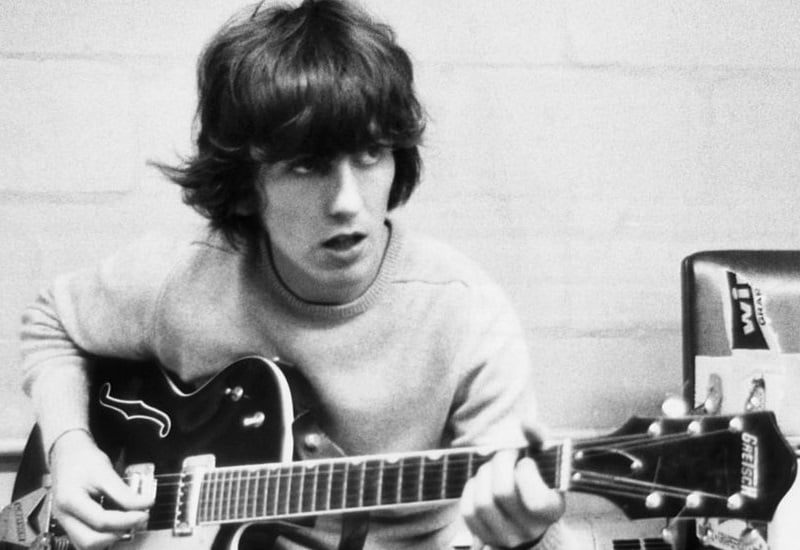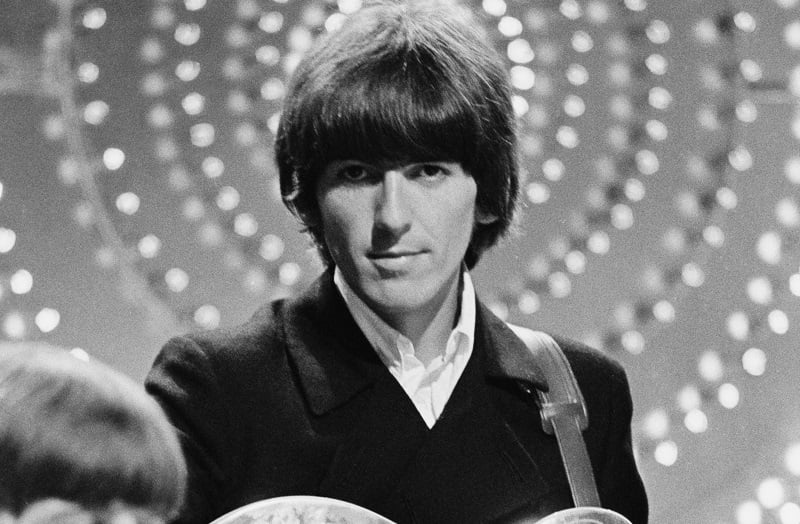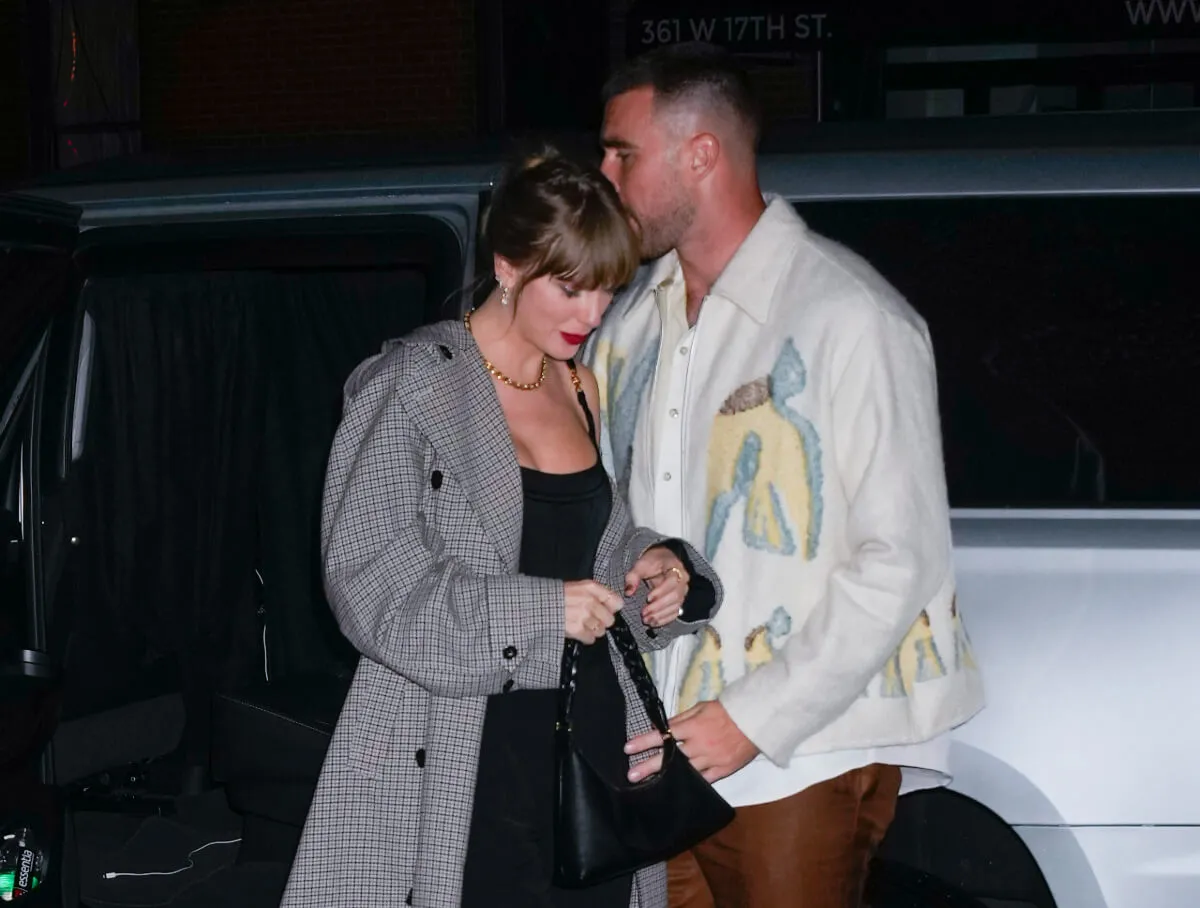Why George Harrison Drove Sound Engineers Nuts Recording the ‘Revolver’ Album
If you’re like most fans of The Beatles, you probably aren’t that interested in the technical details of the work in the studio. However, if you read anything at all about it, the more you realize how many innovations the Fab Four and their label’s studio wizards pulled off over the years.
A great example came on the Sgt Pepper’s epic “A Day in the Life.” For the end of the song, John Lennon asked his producer and engineers for ” a sound building up from nothing to the end of the world.” So they hired and orchestra and got as close as they could.
While that track might be the peak of the Beatles’ experimental phase, it didn’t come out of nowhere. Revolver, which the band recorded and released a year earlier (1966), showcased the Fab Four building toward those highs. By the time it was released, they’d quit touring for good.
But that doesn’t mean the experiments were successful right away. For example, George Harrison tried to record a guitar solo backwards one day. As the hours passed and Harrison kept on, engineers started to go nuts.
George’s brief solo on ‘I’m Only Sleeping’ took an entire day to record.

By Revolver, producer George Martin had brought in 18-year-old Geoff Emerick as chief engineer in the studio. In his book titled Here, There and Everywhere, Emerick shared the highs and lows of recording that album (as well as Sgt. Pepper’s and Abbey Road).
One of the lows came during the recording session for John’s “I’m Only Sleeping.” (In the U.S., it got released on Yesterday And Today). Sometime earlier, technicians had played a tape backward accidentally, and every Beatle in attendance loved the sound. So George decided to try a backwards guitar solo on it.
Instead of playing a tape backwards, George wrote a normal solo and retraced his steps from the end to the beginning. But he didn’t get far after a few hours. “At the best of times, George had trouble playing solos all the way through forwards,” Emerick wrote.
“So it was with great trepidation that we all settled in for what turned out to be an interminable day of listening to the same eight bars played backwards over and over and over again.” By the time they finished, nine hours had passed in the studio.
The ‘especially tedious session’ made Beatles engineers regret the entire concept.

Emerick and others working at Abbey Road had no idea what this happy sonic find would mean in practical terms. It was brutal for them. “There was one especially tedious session where we all wished we had never come up with the concept of backwards sounds,” Emerick wrote.
For the tape operator that day, the endless manual tape feeds left his arms sore for days on end. Emerick recalled (not fondly) the sights that of that session in the studio.
“I can still picture George – and later, Paul, who joined him to play the backwards outro in a bizarre duet – hunched over his guitar for hours on end, headphones clamped on, brows furrowed in concentration,” he wrote.
So was it worth it? Absolutely. “I’m Only Sleeping” remains one of John’s best and most interesting songs, and The Beatles claimed they were the first to get backwards sounds on record. But you know, it didn’t come easy.
See also: Why John Lennon and George Harrison’s Friendship Fell Apart


